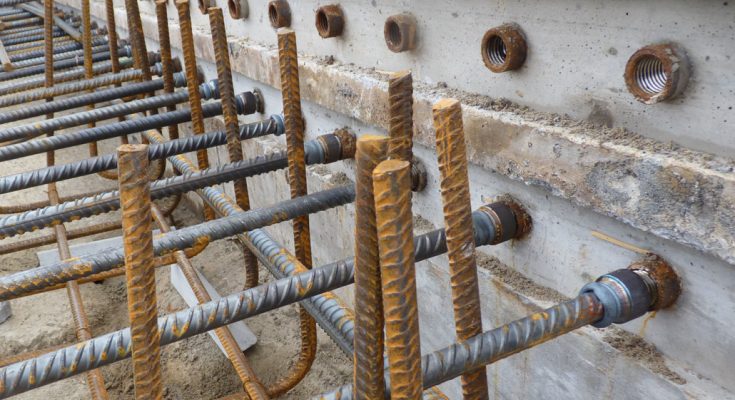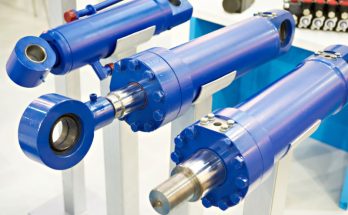Structural engineers must choose between mechanical coupling systems and fusion welding when creating continuous reinforcement connections in concrete structures. This fundamental decision impacts construction schedules, quality control procedures, and long-term structural performance. rebar splices using mechanical couplers involve precision-machined devices that join reinforcement bars through threaded or compression-based connections. Welding creates metallurgical bonds by fusing steel materials at high temperatures. The debate over optimal joining methods centres on measurable strength characteristics, installation reliability, and performance consistency under various loading conditions. Each technology offers distinct advantages for specific construction scenarios, making proper selection critical for structural integrity and project success.
Mechanical coupling fundamentals
Rebar couplers create connections through precisely machined components that engage reinforcement bars via threads, compression, or wedge mechanisms. These devices transfer loads through bearing contact surfaces that distribute stress evenly across connection interfaces. The mechanical advantage comes from engineered geometries concentrating clamping forces while maintaining uniform load paths. Installation involves inserting reinforcement bars into coupler assemblies and applying specified torque values or compression forces to achieve full connection strength. The process requires no heat application, specialised atmospheres, or cooling periods, enabling immediate load application after proper installation completion.
Fusion welding basics
Welding joins reinforcement bars by applying concentrated heat to melt base materials and filler metals, creating homogeneous connections upon cooling. Various arc welding techniques are used today, each using a different heat source and protective atmosphere to achieve fusion. The process creates heat-affected zones where base material microstructures change due to thermal cycling. Proper welding procedures control heat input, interpass temperatures, and cooling rates to optimise metallurgical properties in these critical regions.
Connection strength comparison
- Mechanical couplers achieve connection strengths that match or exceed parent reinforcement bar capacities through controlled bearing contact areas and engineered stress distribution patterns. Testing protocols verify that properly installed couplers develop full bar strength without premature failure at connection interfaces. The absence of heat-affected zones eliminates strength variations caused by thermal cycling.
- Welded connections can achieve excellent strength when proper procedures control heat input and cooling rates. Heat-affected zones may experience strength reductions if welding parameters create unfavourable microstructures. Skilled welders following qualified procedures consistently produce connections meeting or exceeding base material strength requirements.
Fatigue resistance factors
- Mechanical connections demonstrate superior fatigue performance due to uniform stress distribution and the absence of metallurgical discontinuities. The engineered bearing surfaces in couplers eliminate stress concentration points that initiate fatigue cracks under cyclic loading conditions. Laboratory testing confirms excellent fatigue life characteristics for properly installed mechanical connections.
- Welded joints face fatigue challenges at weld toes and heat-affected zone boundaries, where stress concentrations can initiate crack growth. However, proper weld profiles and post-weld treatments can achieve fatigue performance comparable to base materials in many applications.
Load transfer efficiency
- Coupler systems transfer direct load through a mechanical bearing without relying on bond strength or metallurgical properties. The immediate strength development upon installation allows structural loading without waiting periods. Load paths remain clearly defined through engineered contact surfaces that maintain consistent performance characteristics.
- Welding creates continuous material properties that distribute loads gradually across fusion zones. The metallurgical continuity provides excellent load transfer when proper fusion occurs throughout joint cross-sections. Incomplete penetration or fusion defects can compromise load transfer efficiency.
Structural reliability assessment
- Mechanical couplers offer predictable performance through standardised manufacturing tolerances and installation procedures. Quality verification relies on visual inspection and measurable torque values rather than complex testing protocols. The consistent performance characteristics reduce uncertainty in structural calculations and design assumptions.
- Welding connections require extensive quality control, including welder qualification, procedure development, and non-destructive testing to ensure reliable performance. Welding provides excellent structural reliability when properly executed, but the process involves more variables affecting final connection quality.
Both methods achieve superior structural strength when properly designed, installed, and quality-controlled according to applicable engineering standards and project specifications.




